Owning a dog is a heartwarming experience filled with wagging tails, playful barks, and affectionate licks. Dogs, often deemed as man’s best friend, have an uncanny way of understanding human emotions and responding with unconditional love. However, like every relationship, understanding what makes them happy and what ticks them off is crucial. Let us take a look into the world of canine preferences and discover the top ten actions your furry friend adores and five they’d prefer you skip.
1. Belly Rubs: A Canine Delight
Dogs are incredibly perceptive creatures, always picking up on our actions and emotions. While some of the things we do make them feel loved, safe, and happy—like belly rubs, routine walks, and positive reinforcement—others can leave them feeling confused, anxious, or even annoyed. From overly tight hugs to inconsistent commands, certain human behaviors don’t always translate well in a dog’s world. Understanding what your dog enjoys and what they’d rather avoid can strengthen your bond and improve your communication.
If there’s one thing that can make a dog’s tail wag faster than the speed of light, it’s a good old belly rub. Dogs often roll onto their backs as a sign of trust, offering their vulnerable belly for a gentle rub. This action is akin to a human getting a relaxing massage. Belly rubs release endorphins, making dogs feel joyous and content. However, it’s essential to approach slowly and ensure your dog is comfortable with this gesture. Not all dogs are the same, and while many love it, some might be more reserved. Always read your dog’s body language to determine if they’re in the mood for a gentle rub.
2. Playtime and Fetch: A Bonding Opportunity
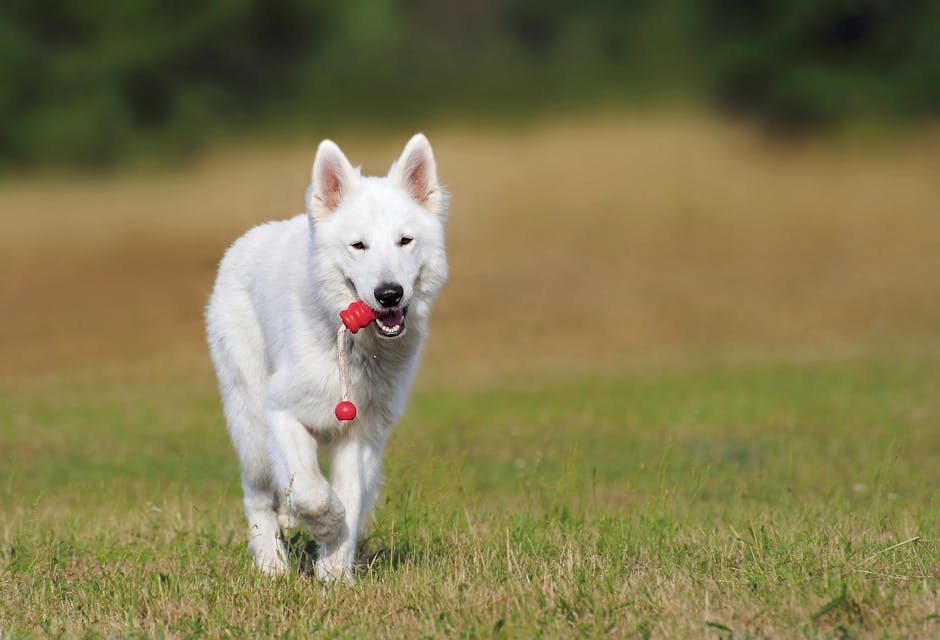
Play is more than just a fun activity for dogs; it’s a bonding experience. Whether it’s a game of fetch, tug-of-war, or simply running around in the yard, playtime strengthens the bond between you and your dog. Dogs thrive on interaction, and play provides an excellent outlet for their energy and natural instincts. It’s also an opportunity for them to practice their hunting and retrieving skills. Through play, dogs learn boundaries, and humans gain insight into their pet’s personality. The joy in their eyes during play is a reflection of their happiness and the satisfaction they derive from spending time with you.
3. Walks: Exploring the World Together
Taking your dog for a walk is more than just a bathroom break; it’s an adventure. Walks allow dogs to explore their surroundings, sniff out new scents, and meet other dogs. It’s a vital part of their routine that keeps them physically fit and mentally stimulated. Dogs are natural explorers, and walks provide them with the opportunity to satisfy their curiosity. The rhythmic motion of walking also helps reduce stress and anxiety in dogs. For many dogs, the mere sound of a leash being picked up is enough to send them into a joyous frenzy.
4. Training Sessions: Mental Stimulation and Growth
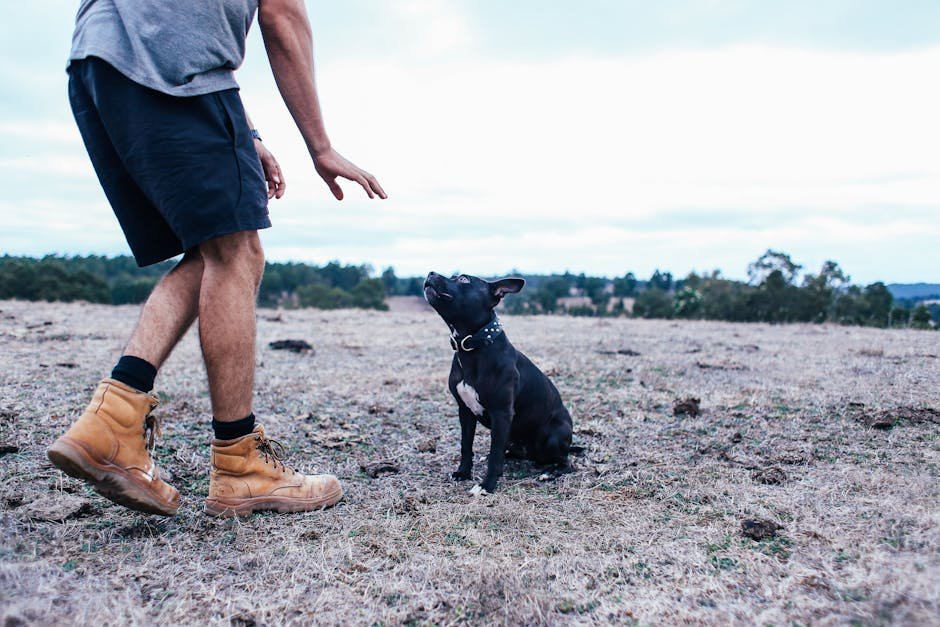
Training isn’t just about teaching your dog commands; it’s about building a mutual understanding. Dogs love the challenge and mental stimulation that comes from learning new tricks. Training sessions provide them with a sense of purpose and accomplishment. Positive reinforcement, such as treats and praise, enhances this experience, making them eager to learn more. Training also helps curb unwanted behaviors and builds a structured environment, which is essential for a dog’s well-being. Remember, patience and consistency are key, and every dog learns at their own pace.
5. Cuddling: Sharing Warmth and Affection
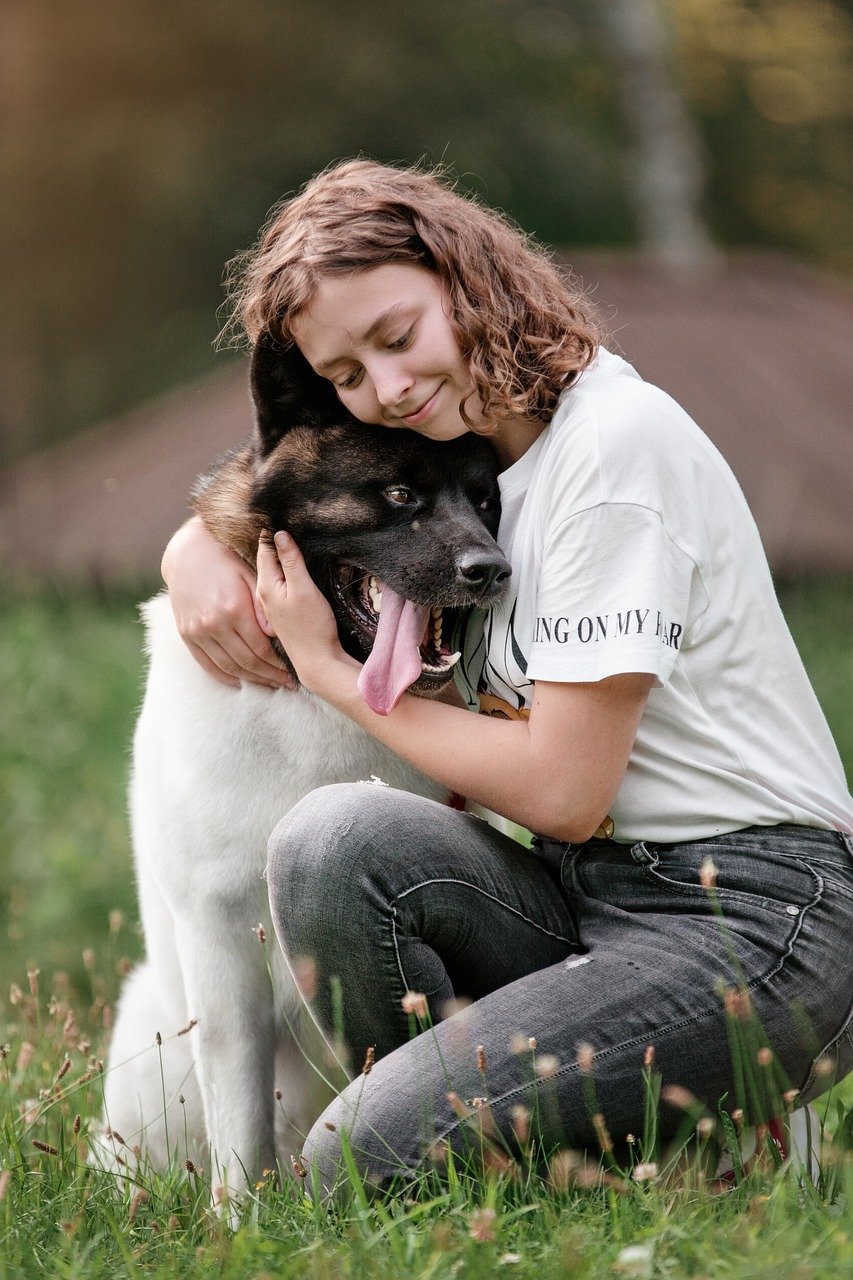
Nothing quite compares to a cozy cuddle session with your dog. Many dogs are natural cuddlers, relishing the warmth and security that comes from being close to their human. Cuddling releases oxytocin, the love hormone, in both dogs and humans, enhancing feelings of trust and bonding. It’s a moment of shared relaxation that strengthens your emotional connection. However, always ensure your dog is comfortable and willing to cuddle. Some dogs might prefer their personal space, so always respect their boundaries.
6. Consistent Feeding Routine: The Comfort of Predictability
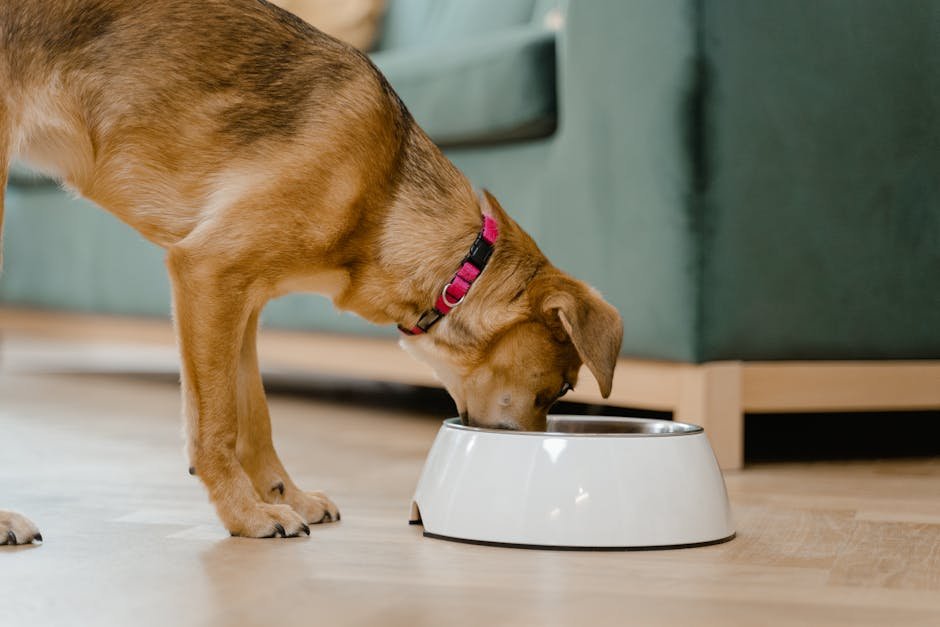
Dogs are creatures of habit, and a consistent feeding routine provides them with a sense of security. Knowing when to expect their next meal helps reduce anxiety and keeps their digestive system in check. Dogs appreciate the predictability and structure that a regular feeding schedule brings. It’s also a great opportunity to reinforce positive behaviors. Over time, mealtime becomes a cherished ritual, and the sound of kibble hitting the bowl can be music to a dog’s ears.
7. Grooming: A Bonding and Care Ritual
While not all dogs are fans of baths, many enjoy the grooming process. Brushing, for instance, can be a calming experience, similar to a spa day for humans. It helps remove loose fur, reduces shedding, and keeps their coat healthy. Grooming sessions are also opportunities to check for any health issues, such as ticks or skin irritations. The gentle strokes of a brush can be soothing and offer a moment of bonding between you and your dog. Ensure you use the right tools and techniques to make this a pleasant experience for your furry friend.
8. Positive Reinforcement: Boosting Confidence and Trust
Dogs thrive on positive reinforcement. Rewarding good behavior with treats, praise, or playtime builds their confidence and trust in you. It encourages them to repeat desired actions and helps in the training process. This method is far more effective than punishment, which can lead to fear and anxiety. By focusing on the positive, you create a happy and harmonious environment for your dog. Remember, the key is to reward immediately after the desired behavior, so the connection is clear.
9. Talking to Your Dog: The Power of Your Voice
Dogs may not understand every word you say, but they certainly understand tone and emotion. Talking to your dog in a calm and gentle voice reassures them and strengthens your bond. Whether you’re offering praise, guidance, or simply chatting about your day, your dog appreciates the attention. It’s a form of communication that, over time, helps your dog recognize certain words and commands. A loving tone can soothe an anxious dog, turning your voice into a source of comfort and security.
10. Providing a Safe Space: A Sanctuary for Your Dog
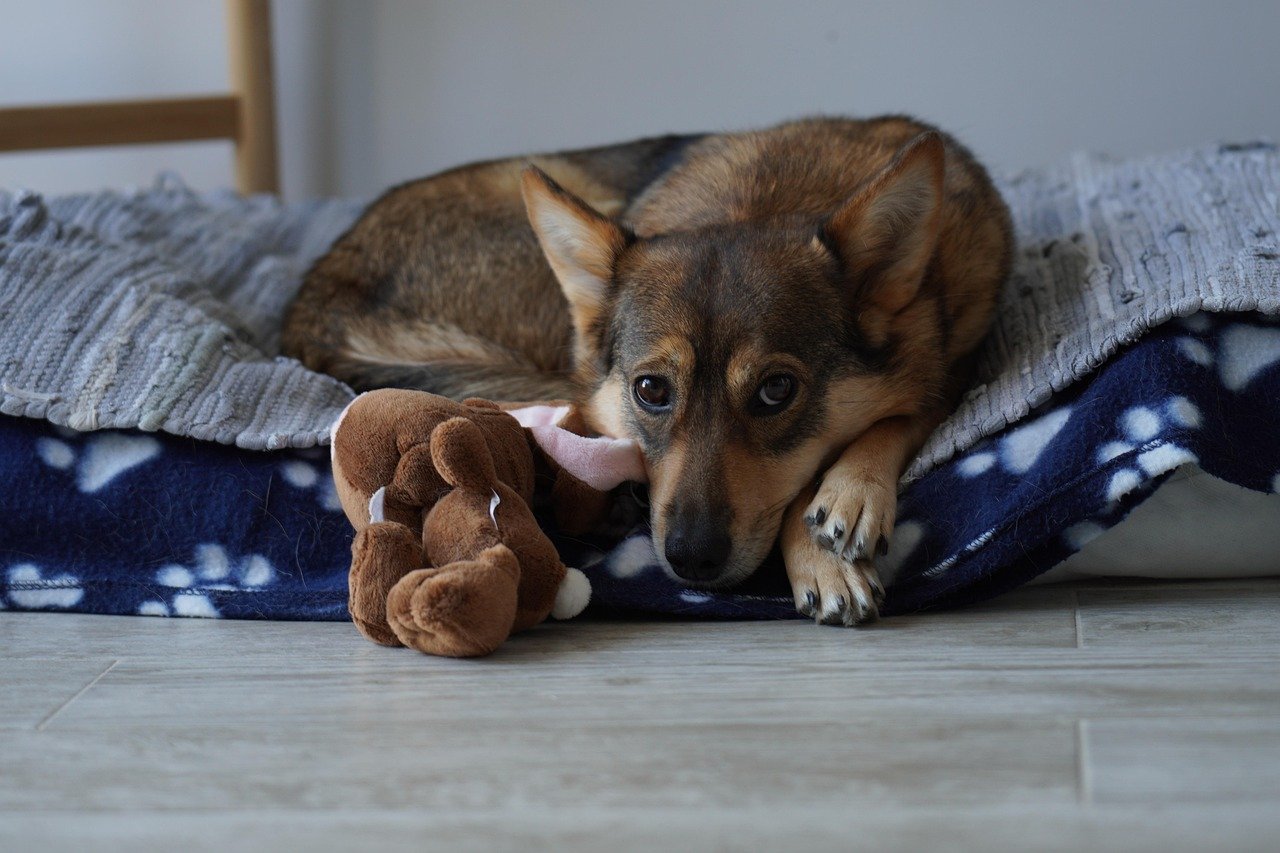
Every dog needs a space to call their own, a sanctuary where they feel safe and secure. Whether it’s a cozy bed, a crate, or a designated corner of the house, this space offers them a refuge from stress and overstimulation. Dogs, like humans, sometimes need a break from the hustle and bustle. A safe space allows them to retreat and relax, knowing they are in a protected environment. It’s a testament to your understanding and respect for their needs.
11. Rough Play: Not Always Welcome
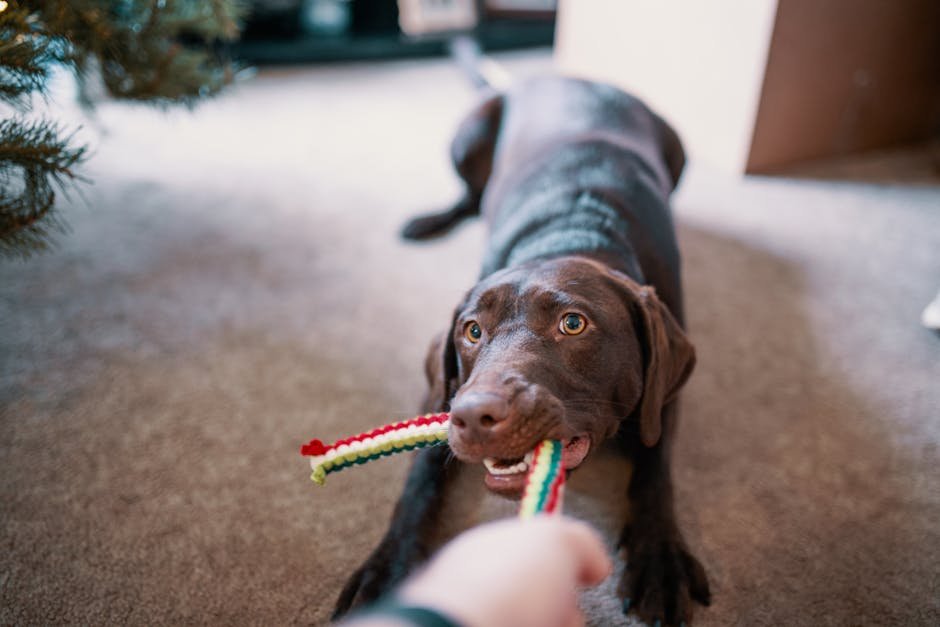
While some dogs enjoy a bit of roughhousing, others might find it overwhelming or even threatening. Rough play can sometimes escalate, leading to accidental injuries or instigating aggressive behavior. It’s essential to gauge your dog’s comfort level and ensure play remains fun and safe. Always be mindful of your dog’s signals and never force them into play they’re not comfortable with. Remember, play should always be a positive experience for your furry friend.
12. Loud Noises: The Unseen Stressors
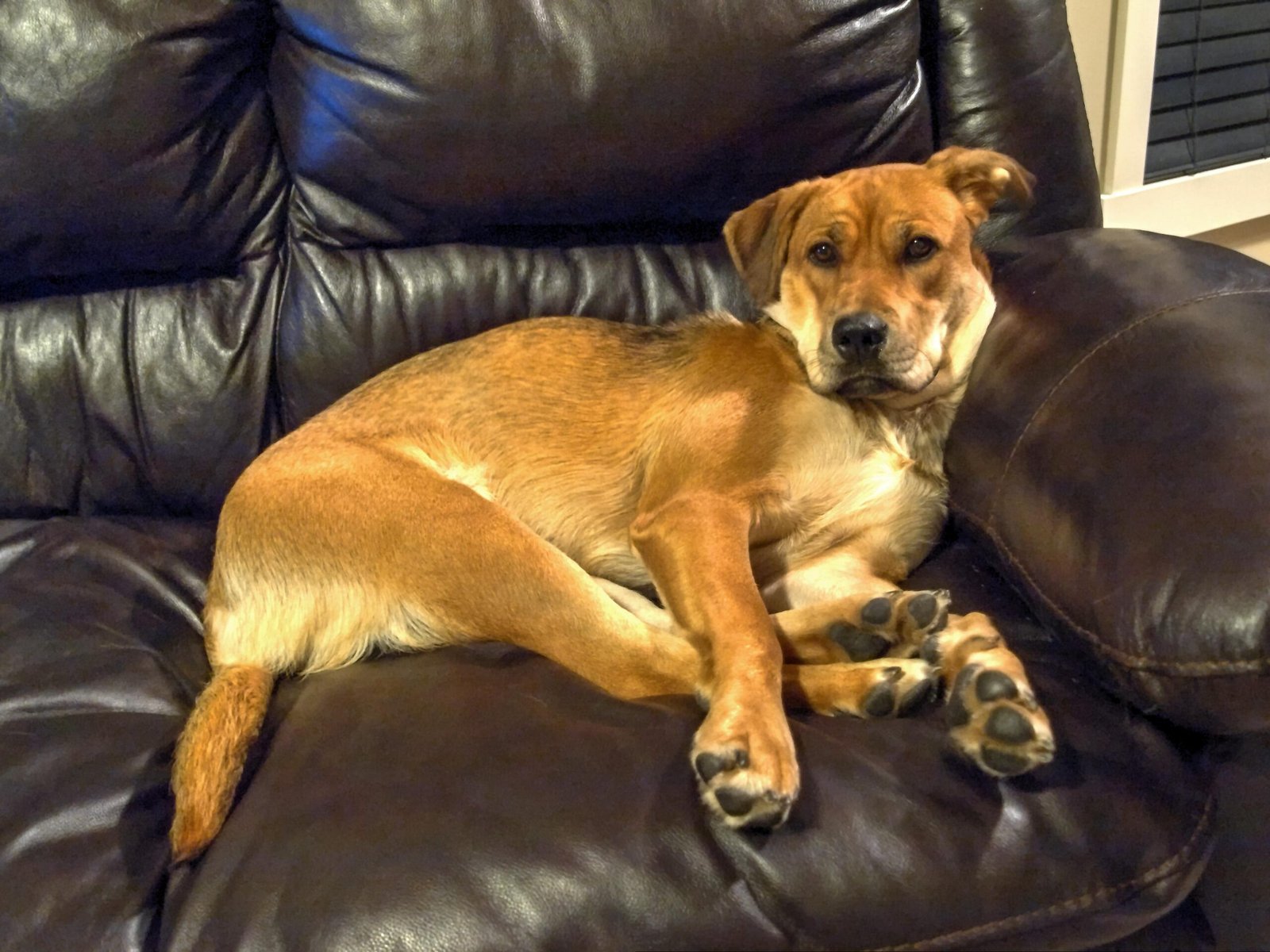
Many dogs are sensitive to loud noises, such as thunder, fireworks, or even loud music. These sounds can trigger anxiety and fear in dogs, making them feel vulnerable and stressed. It’s essential to provide a calming environment during such situations, perhaps with a comforting presence or a quiet, safe space to retreat. Understanding your dog’s triggers and responding with care can help alleviate their fears and provide them with the comfort they need.
13. Ignoring Their Needs: A Source of Frustration

Dogs rely on their humans to meet their basic needs, including food, water, exercise, and companionship. Ignoring these needs can lead to frustration, anxiety, and behavioral problems. It’s crucial to be attentive and responsive to your dog’s requirements, ensuring they lead a happy and healthy life. Remember, a well-cared-for dog is a content and loyal companion, ready to shower you with affection and companionship.
14. Forced Interactions: Respecting Their Boundaries
Just like humans, dogs have their preferences and boundaries. Forcing them into interactions they’re uncomfortable with, whether it’s with other dogs, people, or situations, can lead to stress and anxiety. It’s essential to respect your dog’s comfort levels and allow them to approach new experiences at their own pace. By doing so, you build trust and create a safe environment for your furry friend.
15. Inconsistent Training: A Source of Confusion
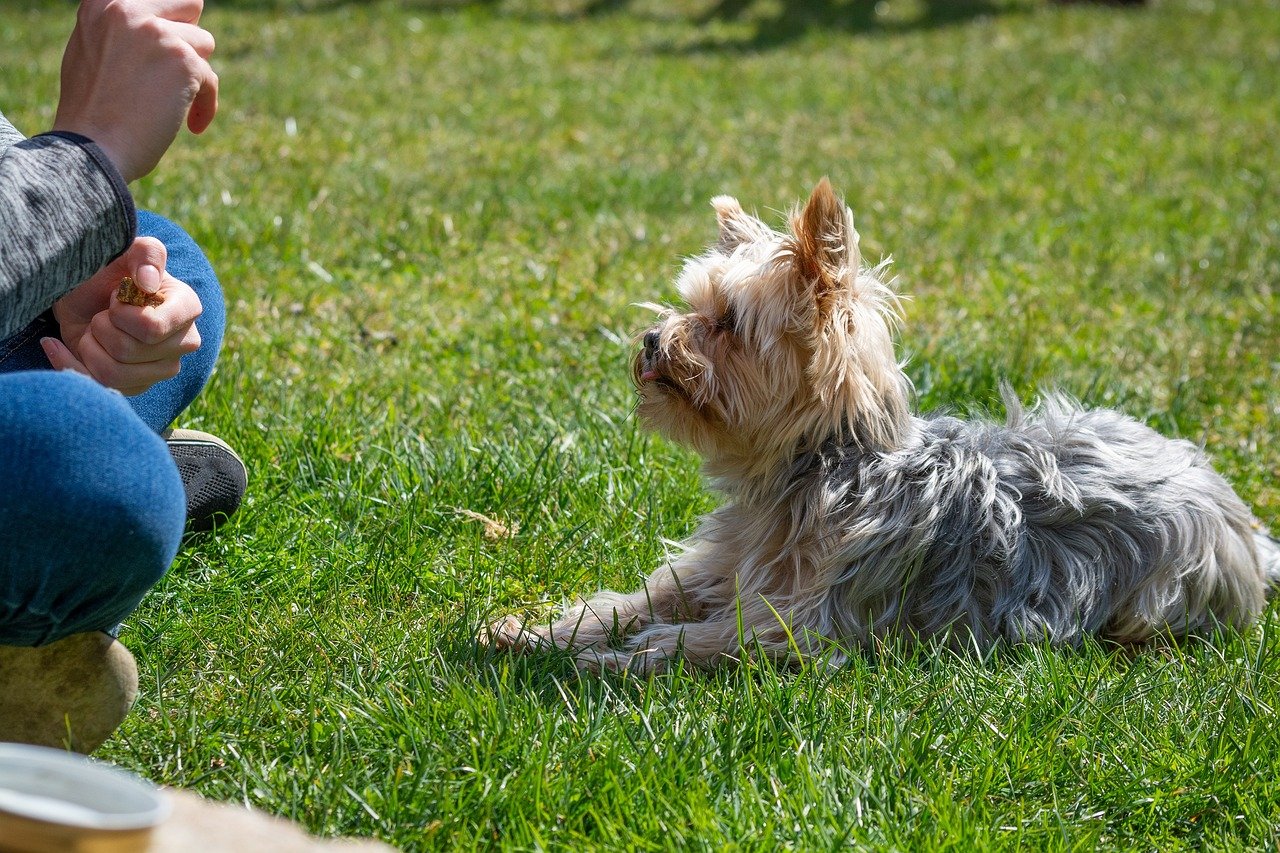
Consistency is key when it comes to training your dog. Inconsistent commands or mixed signals can confuse your dog, leading to frustration and behavioral issues. It’s vital to establish clear guidelines and ensure everyone involved in your dog’s care is on the same page. Consistent training reinforces desired behaviors and helps your dog understand what’s expected of them. This clarity creates a harmonious household where both you and your dog can thrive.
In the intricate dance of human-dog relationships, understanding what your dog loves and what they’d rather skip is essential. By tuning into their preferences and respecting their boundaries, you ensure a harmonious and fulfilling companionship. Dogs enrich our lives with love and loyalty, and in return, they deserve our understanding and care.

Andrew Alpin from India is the Brand Manager of Doggo digest. Andrew is an experienced content specialist and social media manager with a passion for writing. His forte includes health and wellness, Travel, Animals, and Nature. A nature nomad, Andrew is obsessed with mountains and loves high-altitude trekking. He has been on several Himalayan treks in India including the Everest Base Camp in Nepal.





